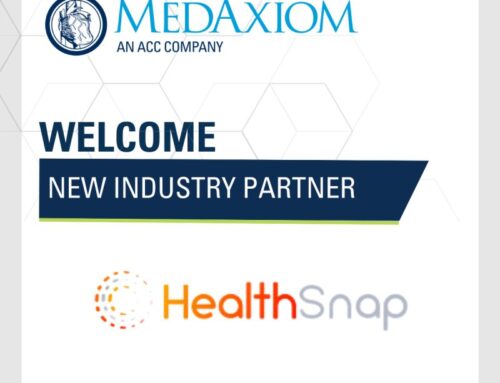Each year the Centers for Medicare & Medicaid Services (CMS) release an updated fee schedule that sets reimbursement guidelines for Medicare patients. Few documents have as far-reaching impact on the way healthcare is delivered and paid for in America as the annual CMS fee schedule and the 2020 fee schedule is no exception. Late last year we previewed important changes in the 2019 fee schedule that allowed providers to begin billing for the collection and review of remote patient monitoring data. The most important changes last year included the addition of three Current Procedural Terminology (CPT) codes under Chronic Care Remote Physiologic Monitoring:
- CPT code 99453 Remote monitoring of physiologic parameter(s) (eg, weight, blood pressure, pulse oximetry, respiratory flow rate), initial; set-up and patient education on use of equipment.
- CPT code 99454 Remote monitoring of physiologic parameter(s) (eg, weight, blood pressure, pulse oximetry, respiratory flow rate), initial; device(s) supply with daily recording(s) or programmed alert(s) transmission, each 30 days.
- CPT code 99457 Remote physiologic monitoring treatment management services, 20 minutes or more of clinical staff/physician/other qualified healthcare professional time in a calendar month requiring interactive communication with the patient/caregiver during the month.
While these codes served as a framework for providers to generate revenue and provide critical services for their patients, their adoption did not come without pain points and room for improvement. While 2019 saw critical new codes introduced, changes in the 2020 fee schedule seek to clarify and refine billing mechanisms for remote patient monitoring.
Providing Remote Patient Monitoring Under General Supervision
When it was published last year and implemented in January, CPT code 99457 allowed providers to bill for monitoring services once a month as professional time, but did not allow that time to be billed incident to a physician’s service. This proved a huge challenge for implementing (and billing) RPM services, so in March CMS clarified that RPM services could be delivered and billed under direct supervision. This clarification was a substantial improvement, but to be in compliance under direct supervision, RPM services still had to be delivered while the supervising physician was physically in the facility.
Beginning January 1, 2020, CMS will allow the additional flexibility of allowing these services to be delivered and billed under the less restrictive general supervision, specifically that under the supervision of a “physician or other qualified health care professional (who is qualified by education, training, licensure/regulation and facility privileging).” While issues and questions surrounding billing and compliance will continue to arise, we believe this change will accelerate both the adoption of RPM services by providers as well as the innovation surrounding the way RPM services are delivered and reimbursed.
New Code For Additional Time
CPT code 99457 allowed providers to bill for critical remote monitoring services, but those services could only be billed once a month for 20 minutes. In 2020, CMS will introduce a new code that doubles down on code 99457 by allowing providers to deliver and bill an additional 20 minutes:
- CPT code 99458 Remote physiologic monitoring treatment management services, clinical staff/physician/other qualified health care professional time in a calendar month requiring interactive communication with the patient/caregiver during the month; additional 20 minutes
This additional time presents an important opportunity for providers to generate additional revenue while delivering critical services to patients who are struggling with chronic diseases.
Looking Forward to 2020 and Beyond
Last year we wrote about the barriers to widespread adoption of RPM services by providers—issues of interoperability, challenges around using consumer-grade devices in clinical settings, and the importance of not just collecting, but using RPM data to help patients achieve their full health potential. Those challenges still exist as we head into 2020, but HealthSnap is committed to working with providers to overcome those challenges. We recently announced the launch of our new Lifestyle Data Analytics platform with advanced remote patient monitoring functionality that is already helping providers break down those barriers to deliver and bill for the high quality care their patients deserve.
Help your patients understand how their lifestyle impacts their health by encouraging them to use our data-driven lifestyle management platform. With HealthSnap, you can easily understand and remotely monitor your patients’ lifestyle health to make data-driven care decisions. To learn more, reach out and schedule a demo today!












Leave A Comment
You must be logged in to post a comment.